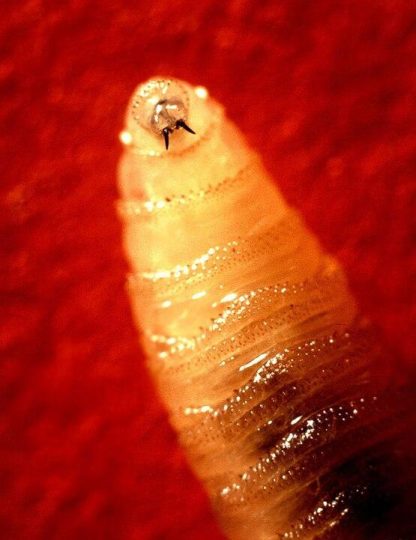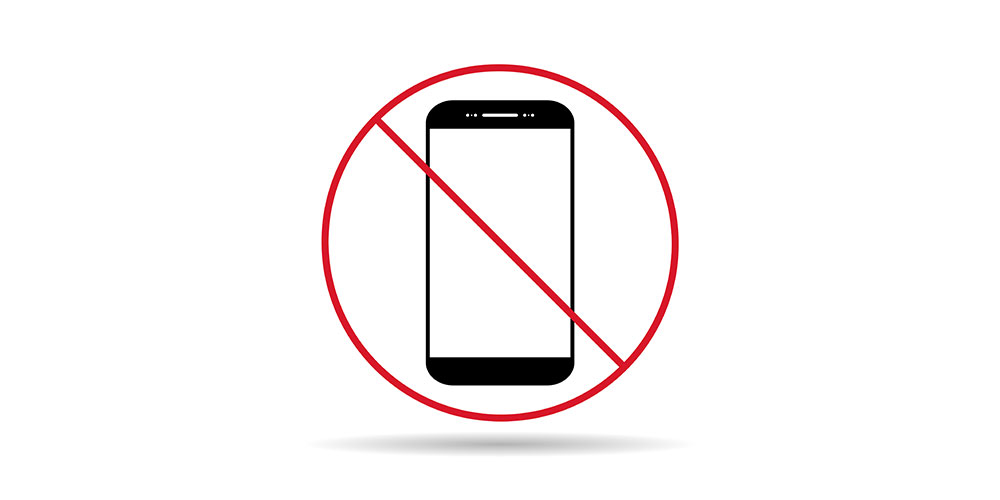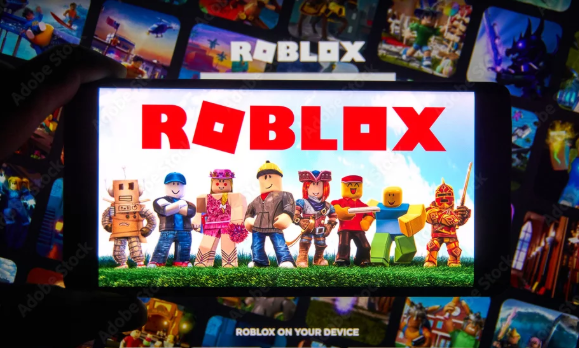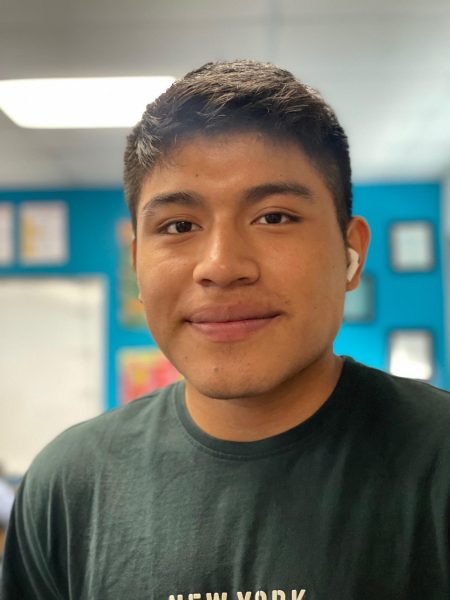
Skywatchers across North America will be able to witness a total solar eclipse on April 8, which will pass over Mexico, the United States, and Canada.
The event will be visible to millions, including 32 million people in the US who live along the path of the moon’s shadow, known as the path of totality. For those in areas experiencing totality, the moon’s shadow will completely cover the sun. According to NASA, people living along the center line of the path will see an eclipse that will last between 3 and 4 minutes.
What is a total solar eclipse?
A total solar eclipse occurs when the moon passes the Earth and the Sun, completely blocking the sun’s face. Those within the path of totality, or places where the moon’s shadow completely covers the sun, will see a total solar eclipse. People outside the path of totality will still see a partial solar eclipse, where the moon only blocks part of the sun’s face.
During a total solar eclipse, the sky will darken as it would at dawn or dusk, and there are several stages of the eclipse that sky watchers can anticipate.
The moon does not suddenly appear between the Earth and the sun. The event begins with a partial eclipse in which it seems that the moon is taking a “bite” into the sun, making the sun look like a crescent. Depending on your location, the partial eclipse can last between 70 and 80 minutes, according to NASA.
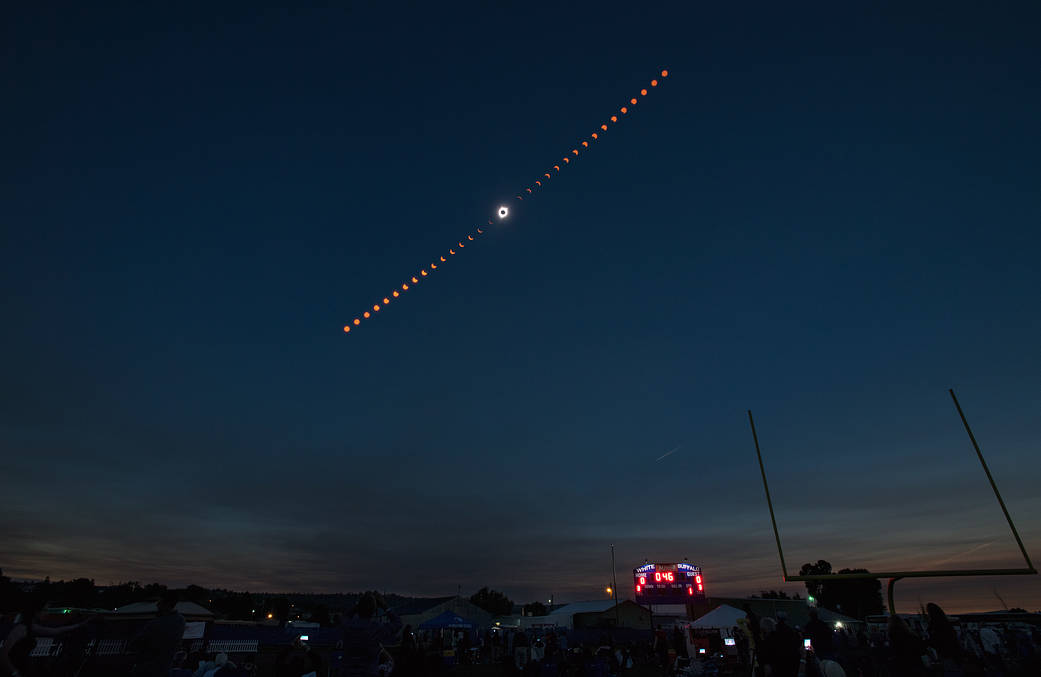
Where to see the eclipse
The solar eclipse will be visible in Mexico, Canada, and more than 10 US states. In contrast, weather permitting, a crescent-shaped partial solar eclipse is expected to appear in 49 states.
The eclipse will first appear over the South Pacific Ocean and begin its journey across North America. Mexico’s Pacific coast is the first point of totality on the path, expected for 11:07 a.m. PT (2:07 p.m. ET).
The path will continue through Texas, Oklahoma, Arkansas, Missouri, Illinois, Kentucky, Indiana, Ohio, Pennsylvania, New York, Vermont, New Hampshire, and Maine. It will then cross Canada in southern Ontario, Quebec, New Brunswick, Prince Edward Island, and Nova Scotia, ending on the Atlantic coast of Newfoundland at 5:16 p.m. (3:46 p.m. ET).
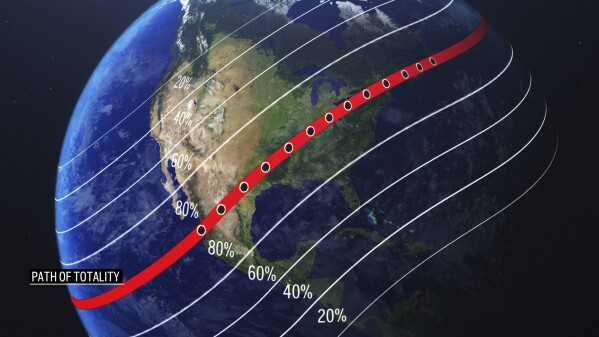
How to see the eclipse safely
According to NASA, the only time it is safe to see the sun without eye protection is during the “totality” of a total solar eclipse or the brief moments when the moon completely blocks the sunlight, and no sunlight is seen.
Otherwise, wear certified eclipse glasses that meet ISO 12312-2 or use a hand-held solar viewer before and after totality and at all times during a partial eclipse.
Separately, you can observe the sun with a telescope, binoculars, or a camera that has a special solar filter on the front, which acts in the same way that eclipse glasses would.





